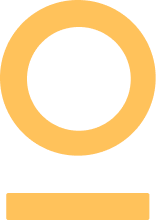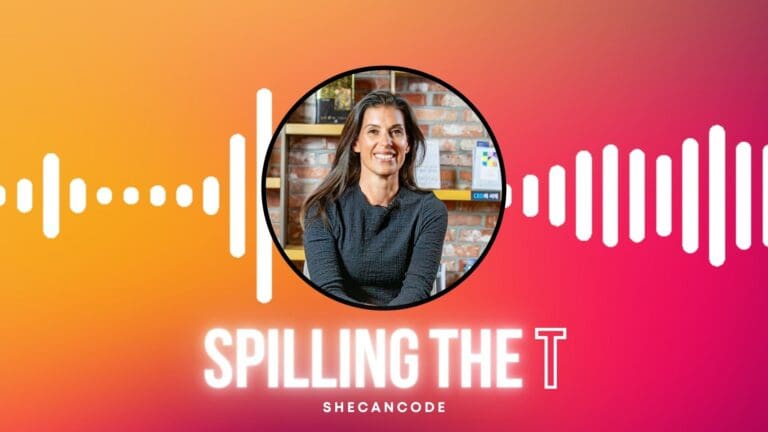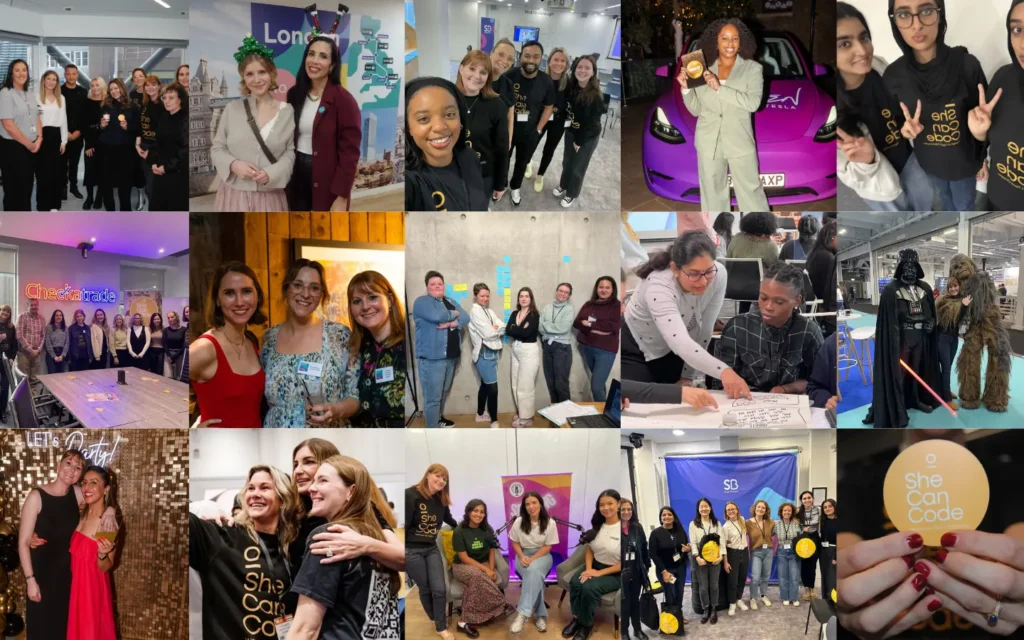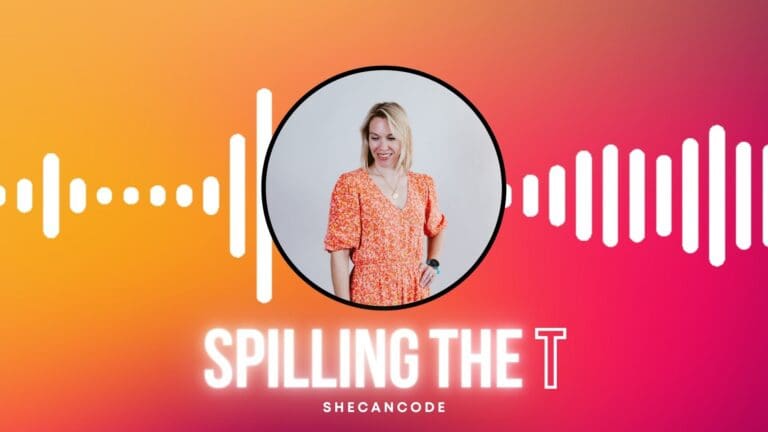Since day one, Bumble has had a deep-rooted interest in empowering women to make the first move.
This core value can be seen in action throughout the business here – from the actual mechanics of the Bumble app to our Founder and CEO Whitney Wolfe Herd being the youngest woman ever to take a company public.
Working for a tech company that’s genuinely women-first was one of the key factors for my taking up the role of Product Lead at Bumble in the summer of 2020. I wanted to work for a company that was mission-driven and a disruptive force in the industry.
The journey toward a career in product
What’s great about a career in product is that there’s no rigid pathway into it. I’ve worked with product managers that have come from all walks of life – by taking university courses or coming from areas like computer science or marketing.
I’ve personally had a really varied career to date. I got into product by simply recognizing some pain points in the organization that I was in at the time, and wanting to fix them.
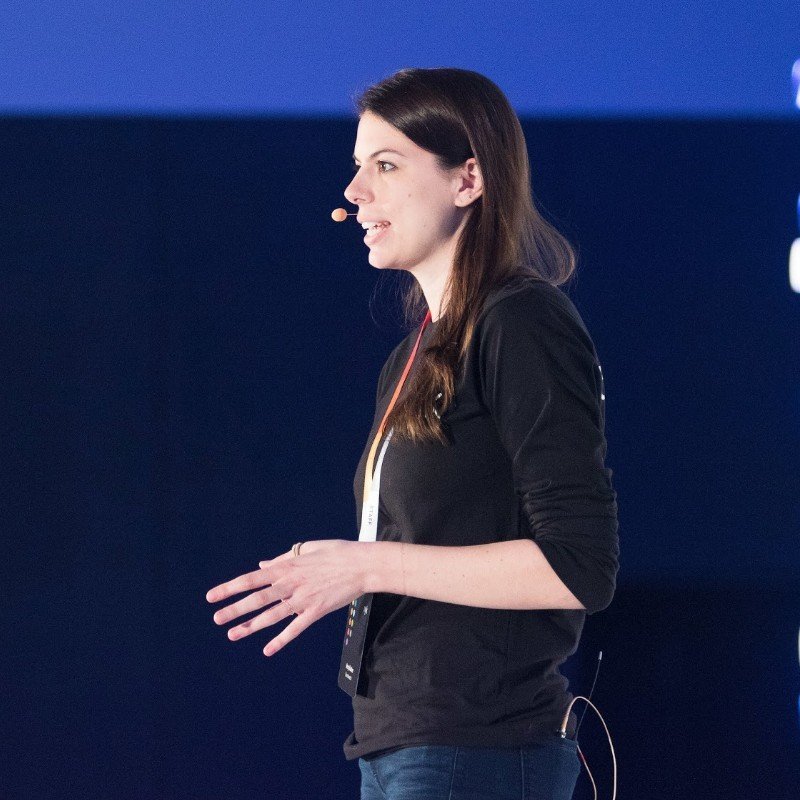
I’d gone to university for math and computer science, and afterward was managing a team of data analysts for a software company. I recognized that for every new customer that bought our software, they asked the same questions to my team about how the software worked and they often wanted very similar pieces of analysis done. It was costing our team tons of time to onboard each new customer, and although I loved spending time helping them, I wanted to make a bigger impact and improve everyone’s experience at large – which is what led me to product. I started working with the Product team to build better customer workflows, and eventually transitioned to the team itself.
So my recommendation for people looking to get into a role in product is this: find the problem you want to solve. In my experience, solving for issues that I felt passionate about have provided the moments where I’ve felt that I’ve made a good career decision.
Having a clear vision of the problems that you want to create solutions for could be a great starting point to building a career in product.
Product leadership at Bumble
To be a successful product leader you must always be thinking of your users. More specifically, thinking of your users as real people.
Bumble’s mission is to help our community find healthy and equitable relationships. Our entire team is truly invested in making sure that users can find healthy and meaningful connections on our app. It’s also something we can all identify with: the desire to find a genuine human connection.

Keeping our mission and values front of mind allows us to define how we develop the products that we identify as essential for our users. Product development has to be done in a way that keeps our users safe and empowered – ultimately giving our community the tools it needs to have a healthy experience online.
Having that clear mission and set of values makes all of our product decisions that much easier, because we have an absolute ‘north star’ that guides what we need to achieve with our products.
Be bold and behave responsibly
As a tech company with a community of millions of people, we have a responsibility to build an environment that can be a safe space for everyone.
In early 2021, our team conducted a survey in which 62% of people said they are more likely to receive unsolicited comments about their appearance online. We knew then that we needed to take action to prohibit this behavior on our platform. As a result, we developed a robust feature that allows people to report someone for body shaming and violating Bumble’s Community Guidelines. We also updated our terms and conditions to explicitly ban unsolicited and derogatory comments made about someone’s appearance, body shape, size, or health. This includes language that can be deemed fat-phobic, ableist, racist, colorist, homophobic or transphobic.
Lastly, we take a really strong stance on moderation and content, creating new guidelines in order to cultivate a safer space for our community. For example, we don’t allow users to upload photos where they’re holding a firearm (this excludes users in military or law enforcement in uniform). You can learn more about our decision to ban guns on Bumble here.

We went from user feedback to product implementation within just a couple of weeks. This was a shining example of the clarity and speed that we gain as a business that is led by our mission, values, and a sense of responsibility towards our end users.
It’s not just about digital features and algorithms, though. This is where it’s important to remember that those using your tech are real people. This is why we also have real people from our community operations team who investigate those reports and take real-life, nuanced action.
How a tech company’s teams collaborate is critical
How teams are set up and work with each other is another significant ingredient for success when it comes to developing products.
The ban on body shaming was a success because of the cross-functional collaboration between our internal teams. It was spearheaded by the Center of Excellence team, who help ensure that we’re championing and serving underrepresented members of our community. They also help empower teams at Bumble to build even more user-focused products by bringing in specialist partners and external organizations to help us understand our audience even better.
Our focus is cross-functional delivery. Essentially, we have multiple departments structured around the same unifying goal that drives us and our decision making forward. We’re made up of “pods” which consist of product, engineering and design. Our business intelligence and research counterparts sit alongside us, as well as strategic marketing.
The benefit of this setup is that we’re all getting our data from the same pool. We have a high-level, single source of truth that feeds into all areas of all our teams. From a product design and development perspective, this is brilliant. We all have a shared goal that we’re working towards.
Securing your next product role
You should feel like you can hold companies accountable and ask them critical questions when it comes to diversity and inclusion. So do your research. Go in with facts and hard data. Look at the company, their teams, their board. For example, here at Bumble – women make up 73% of our board and over 50% of our leadership team.

Find out who’s on the interview panel. For bigger companies, look at their gender pay gap and any press coverage they have received. Go in totally informed.
Are you interacting with people from different intersections of society?
If not, ask why not.
Highlight areas that you perceive to be missed opportunities for them – discuss them in the interview. The following discussion will give you a very strong indication of the company culture and how committed they are to diversity, equity, and inclusion and where they can do better.
Pay it forward
I am where I am in my career because of the opportunities made possible by other women pioneers in tech. So I’ll end with a call to you – to find a way to empower and lift up the women around you.
When you make that first move – extend a hand, create a community, support others, and pay it forward.


